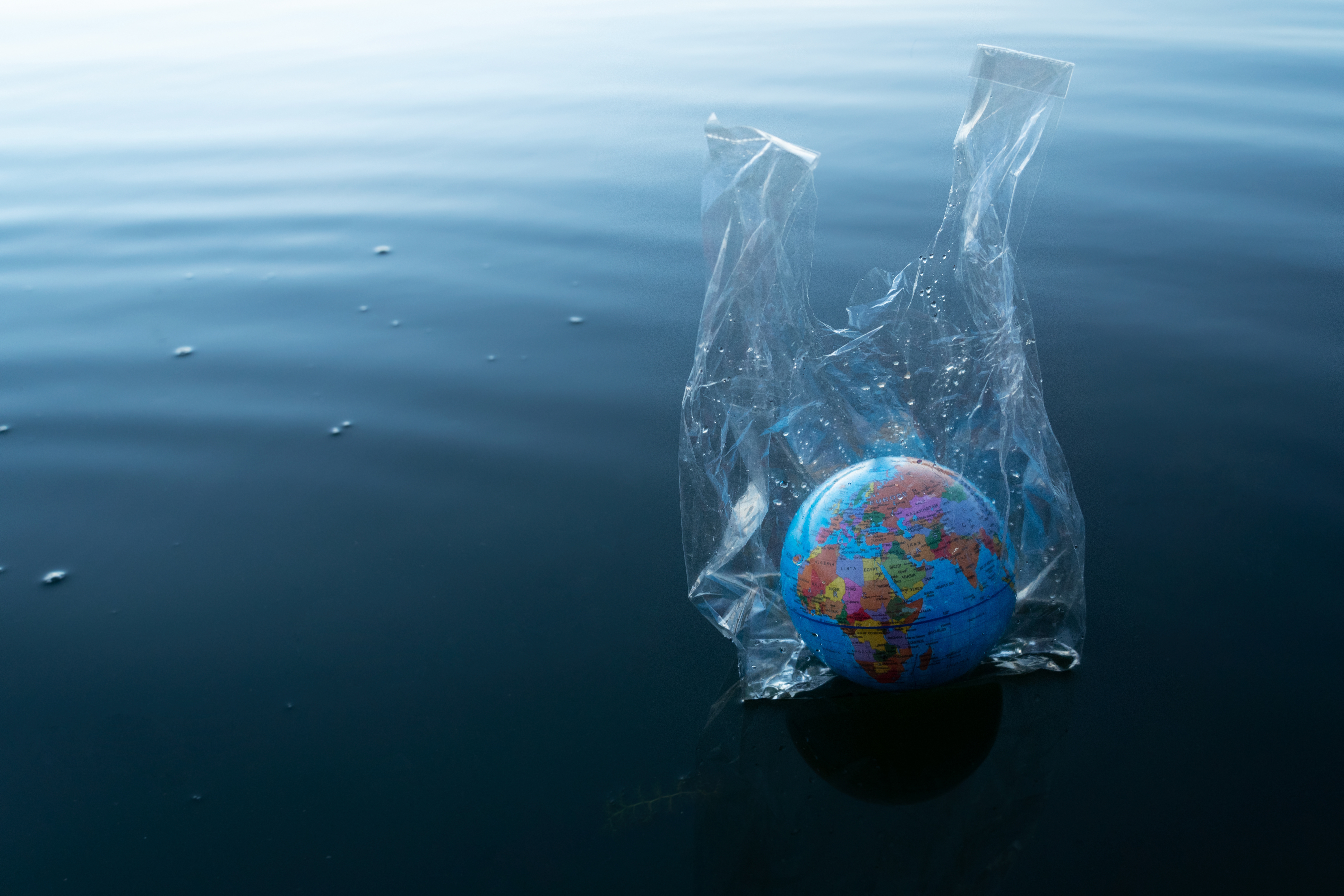Why is this topic important to explore?
Traces of microplastic components have been found in potable water, food sources, and air, and are associated with elevated risk of a number of diseases including cancer. Bisphenol A (BPA) and Styrene-7,8-oxide (SO) are common compounds used in the production of epoxy resins and polycarbonate plastics; they are also major components of microplastic waste globally, and have recently been included in the list of carcinogens by the WHO’s International Agency for Research on Cancer. The United States Environmental Protection Agency (EPA) reports that more than five million tons of synthetic compounds commonly consisting of BPA and SO are produced each year, thus lending to the need to further explore their impact on public health.
Describe the work and tell us what the team discovered.
Using experimental and genomic approaches, researchers Xiaoju Hu, PhD and Antara Biswas, PhD of my laboratory along with colleagues show that BPA and SO cause DNA damage and mutagenesis in human cells, and characterize the genome-wide point mutation and genomic rearrangement patterns associated with BPA and SO exposure. Analyzing data for more than 1,600 samples from 19 cancer cohorts representing most major types, the team found that tumors of digestive and urinary organs show relatively high similarity in mutational profiles of cell lines exposed to BPA or SO, and the burden of such mutations increases with age.
What are the implications of these findings?
Even within the same cancer type, proportions of corresponding mutational patterns vary among the cohorts from different countries, as does the amount of microplastic waste in ocean waters. BPA and SO are relatively moderate carcinogen, and other environmental agents can also potentially generate similar, complex mutational patterns in cancer genomes. Nonetheless, these findings call for systematic evaluation of public health consequences of microplastic exposure worldwide.
Author acknowledgements, disclosures and other information can be found here.


